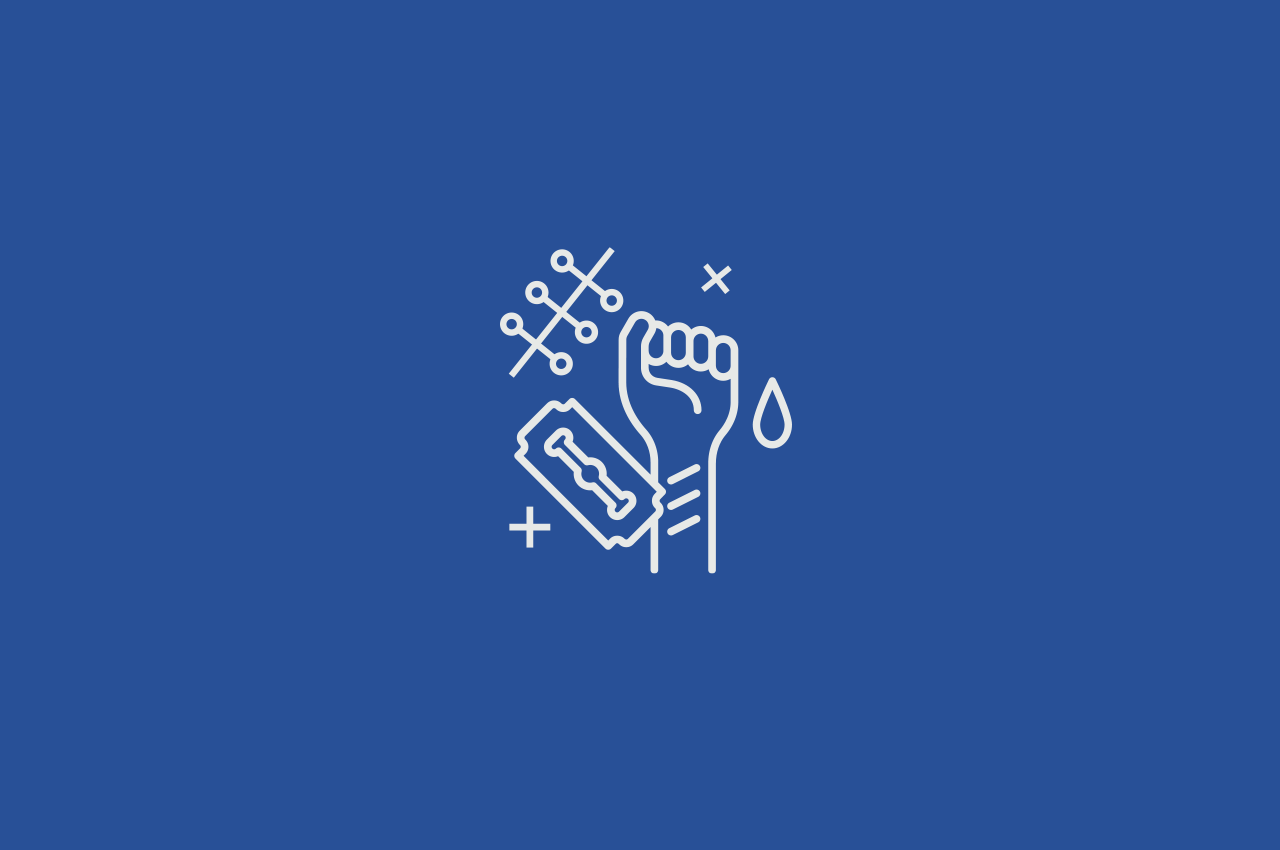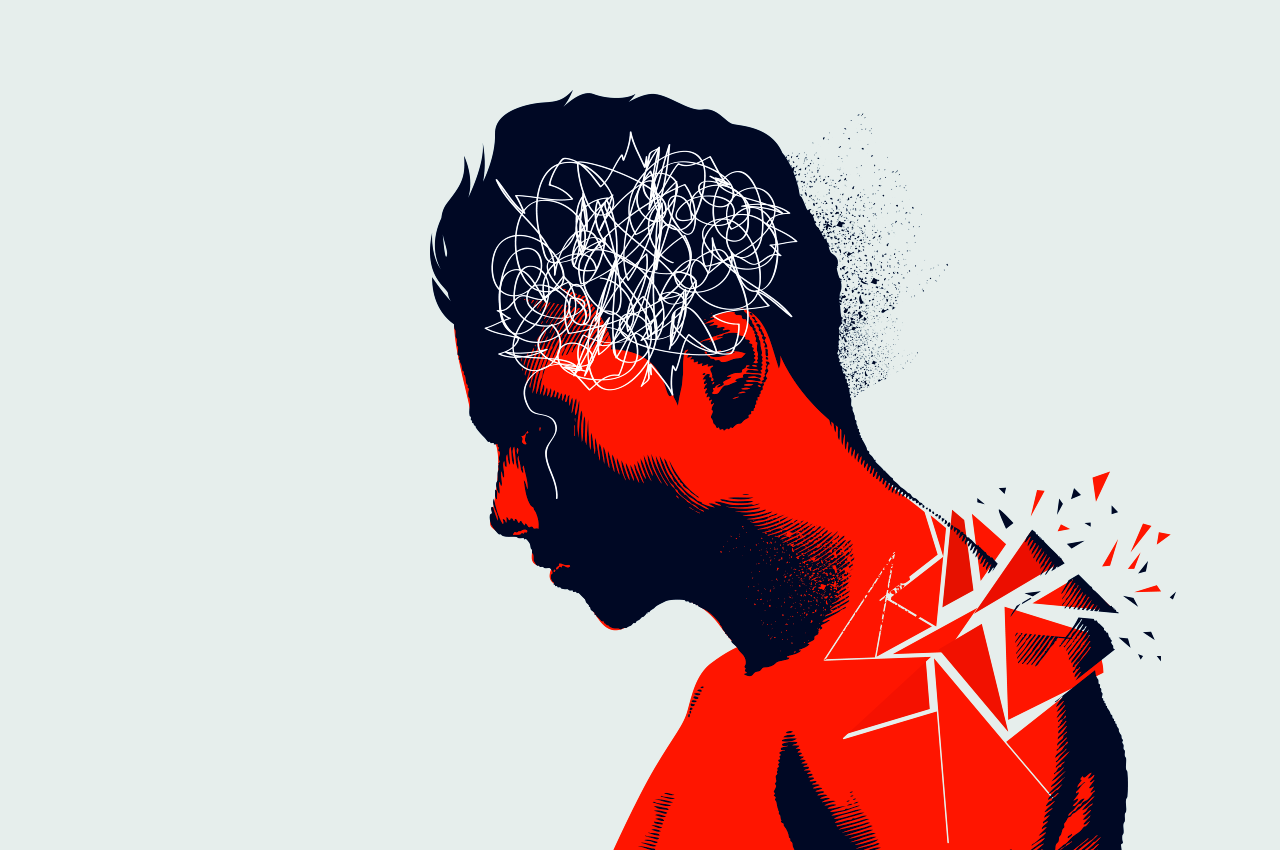It may be hard to understand if you don’t cut yourself, but self-harm and cutting is often used as a way of coping with problems. It’s an escapism; a way to release emotional pain when you don’t have an outlet to express yourself. Some may describe it as a way to turn invisible thoughts or feelings into something visible.
A temporary relief
Although cutting yourself may provide temporary relief, it’s not the best way to deal with your problems. The relief doesn’t last. The troubles that led you to cutting yourself will remain because they have only been masked.
Ways of self-harm include:
- Cutting yourself.
- Inserting objects into your body.
- Poisoning yourself.
- Overeating or undereating.
- Biting yourself.
- Picking or scratching at your skin.
- Burning your skin.
- Hitting yourself or walls.
- Overdosing.
- Exercising excessively.
- Pulling your hair.
Could you be seeking attention?
One of the most common stereotypes is that self-harm is about “attention seeking”. This is not the case. Many who suffer from self-harm practices don’t talk to anyone about what they’re going through. They often try to hide this behaviour, since they feel shame about it.
Get help
Talking to someone is often the first step to breaking the self-harm cycle. It isn’t an easy thing to do and you might find it difficult to explain why you cut yourself. You need to know that this is normal; asking for any sort of help can be difficult, but it is a critical, and important first step towards recovery.
Research suggests that developing important relationships is a key factor in recovering from self-harm. You may not be comfortable with disclosing that you cut yourself, but if you really want to heal, you need to form a close connection with someone you feel safe with. This person will have to try and give you a non-judgmental and safe space so you can express your feelings.
Prevent the next episode
Understanding the triggers of self-harm can help you avoid those situations or manage them when they surface.
Use a journal to make a note of the situation that leads to cutting to help you identify your triggers. A trigger is a situation, event, or way of thinking that brings on the urge to cut. Every person who cuts has a different set of triggers.
Cutting triggers may include:
- Work or study stress.
- Arguments with family members or friends.
- Feeling rejected by a partner.
Suicide prevention
Self-harm can become addictive. It may start off as an impulse or something you do to feel more in control, but soon it feels like the cutting or self-harming is controlling you. It often turns into a compulsive behaviour that seems impossible to stop.
If you know someone at immediate risk of self-harm, suicide, or hurting another person, call The South African Depression And Anxiety Group line on 0800 21 22 23.
References:
- https://www.helpguide.org/articles/anxiety/cutting-and-self-harm.htm/
- https://www.mind.org.uk/information-support/types-of-mental-health-problems/self-harm/#.XLWelegzZ9M
- https://www.medicalnewstoday.com/articles/324515.php
- https://capmh.biomedcentral.com/articles/10.1186/s13034-015-0048-5
- https://www.mentalhealth.org.uk/publications/truth-about-self-harm




